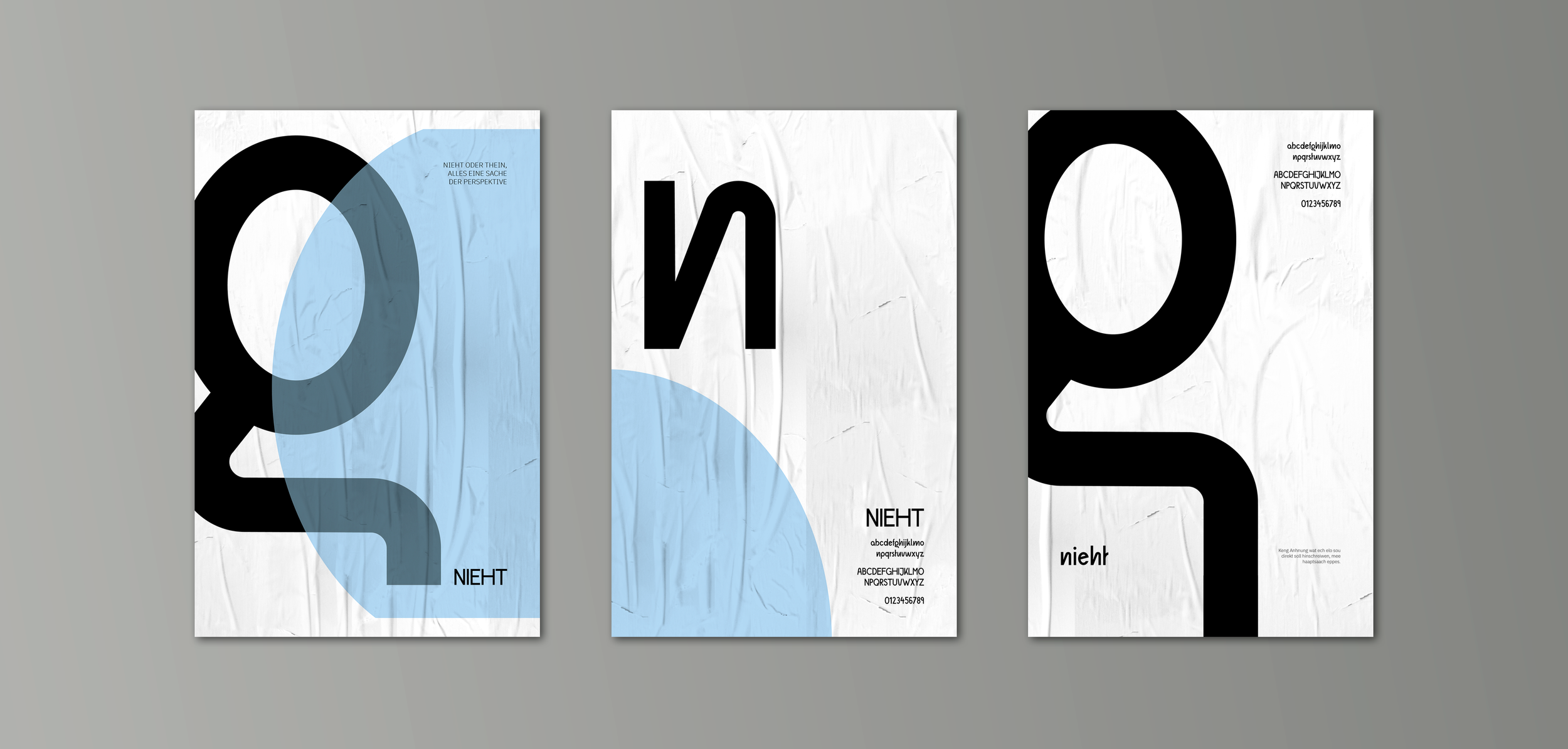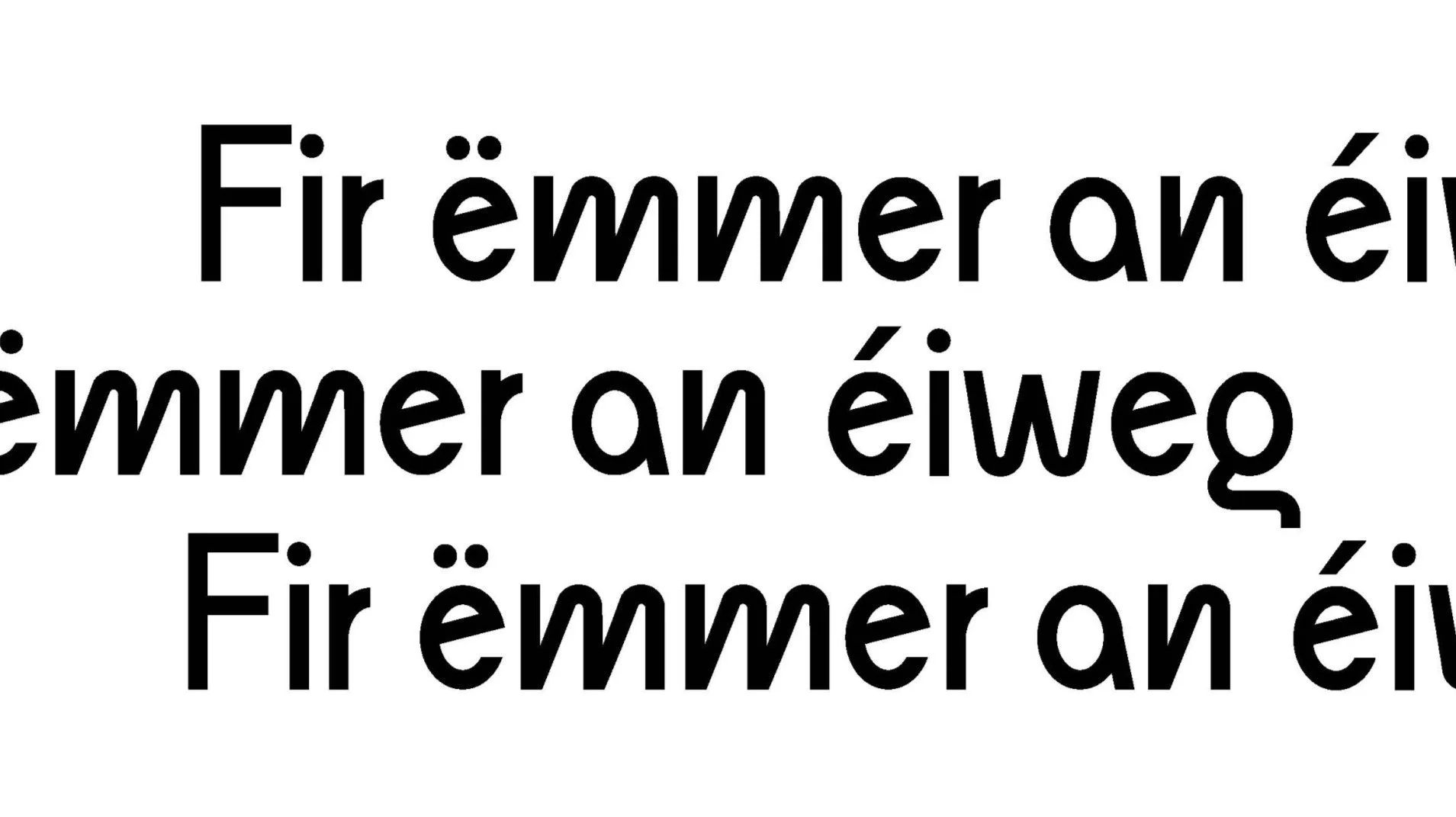Never forgotten.
Through the digitized handwriting of my father, I want to feel closer to him and process the year 2022. I aim to use the medium of writing to keep his identity alive, even after his passing.
Challenge
Handwriting, often overlooked, is a constant in daily life. Each individual's handwriting is unique, reflecting their personality and thoughts. Preserving handwriting, a fundamental aspect of human communication and self-expression, presents unique challenges, especially when attempting to capture the handwriting of a deceased individual with limited documentation available.
Strategy
Leveraging digital technology to digitize handwriting and preserve it in a format accessible to future generations. This involves utilizing various digitization techniques and platforms to capture and store handwriting securely. To achieve this is used “Glyphs”.
Solution
By implementing a comprehensive digitisation process, including scanning handwritten documents and utilising digital tools to replicate handwriting, I can ensure the preservation of handwriting for posterity. This solution enables individuals to immortalise the handwriting of their loved ones, even after they have passed away.
Inspiration



Design approach
The goal was to create a sans-serif font, preserving some of the distinctive characteristics of the original while introducing new elements. Transitioning from a familiar identity to a font built on the same foundation but gradually becoming more anonymous was the aim. This evolution maintains a sense of continuity while allowing for a fresh and versatile design that can adapt to various contexts.

Font details
Maintaining the essence of the font is crucial, particularly when considering the usage of Luxembourgish language characters. Each language has its unique letterforms and diacritics, and it's essential to ensure that the font adequately covers these characters to maintain readability and authenticity. This attention to detail not only enhances usability but also respects the cultural significance of language diversity.
Additional font styles
I utilised my dad's handwriting by meticulously dissecting its individual features, such as letter shapes, slant, and spacing, to understand what made it distinct from others. By recognising these unique characteristics, I was able to translate them into a "plainer" digital version while retaining the essence of his handwriting. This involved refining and simplifying certain aspects while preserving the overall style and personality, ensuring a faithful representation in digital form.





![85110 [Konvertiert].png](https://images.squarespace-cdn.com/content/v1/65cf73707541f12375ebed03/a6c70f14-992a-4d2c-90ec-9837034eb992/85110+%5BKonvertiert%5D.png)









